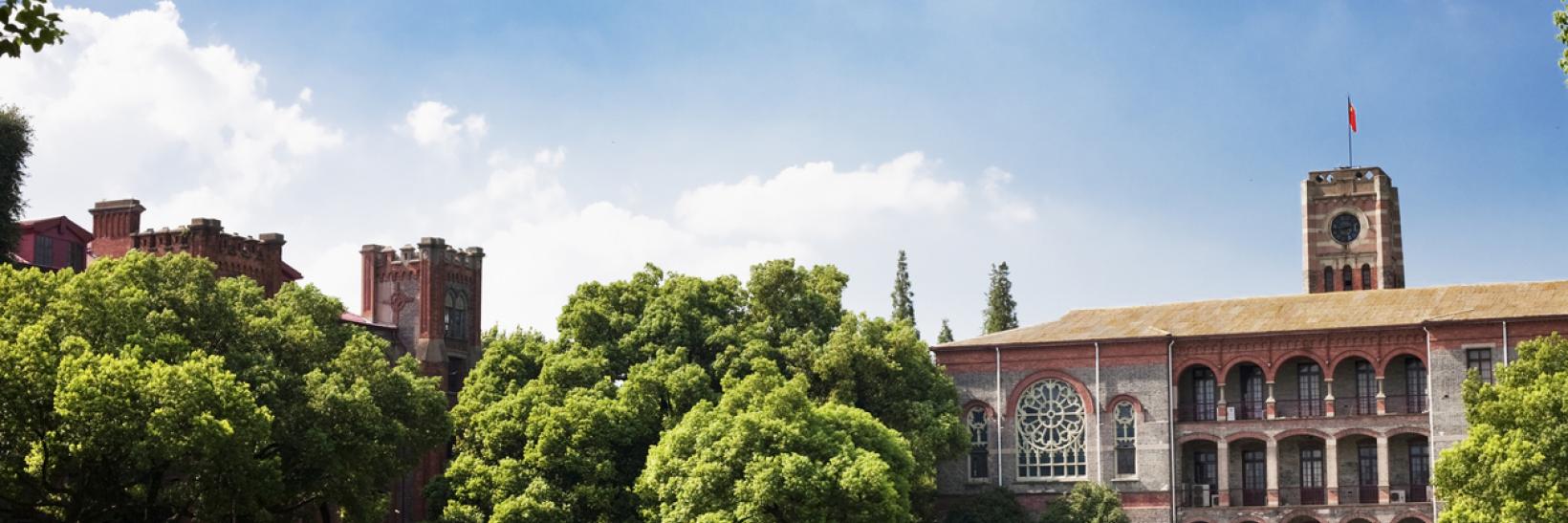
DSOs: Learn More about the School Certification Life Cycle
The Student and Exchange Visitor Program (SEVP) school certification life cycle refers to the process that schools in the United States must follow to enroll F or M international students in academic programs and maintain their certification through regular updates and recertification.
Schools cannot enroll F or M international students unless they are certified by SEVP. SEVP-certified schools must also go through a mandatory recertification process every two years to ensure they remain eligible for certification and have complied with all record keeping, retention and reporting requirements.
A school applies for SEVP certification by completing the Form I-17, "Petition for Approval of School for Attendance by Nonimmigrant Student," online using the Student and Exchange Visitor Information System (SEVIS) and paying all required fees online at Pay.gov.
After submitting all required documents, the school should expect to undergo a site visit from an SEVP site inspector.
Finally, a federal adjudicator within the SEVP School Certification Unit will determine the school’s eligibility for SEVP certification. If certified, the school will be able to issue the Form I-20, "Certificate of Eligibility for Nonimmigrant Student Status,” to eligible F and M international students.
After initial certification, schools must also report any material changes to the Form I-17 within 21 days. Making these updates ensures that the school’s Form I-17 accurately reflects its current operating status.
Interested in learning more about the school certification life cycle? Check out the SEVP School Certification Life Cycle tool on Study in the States.

